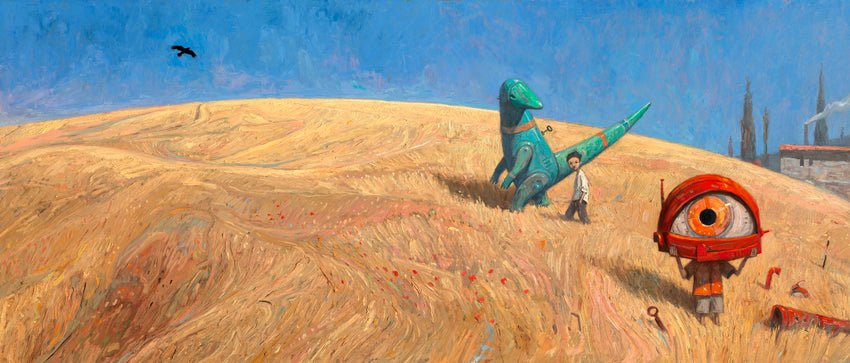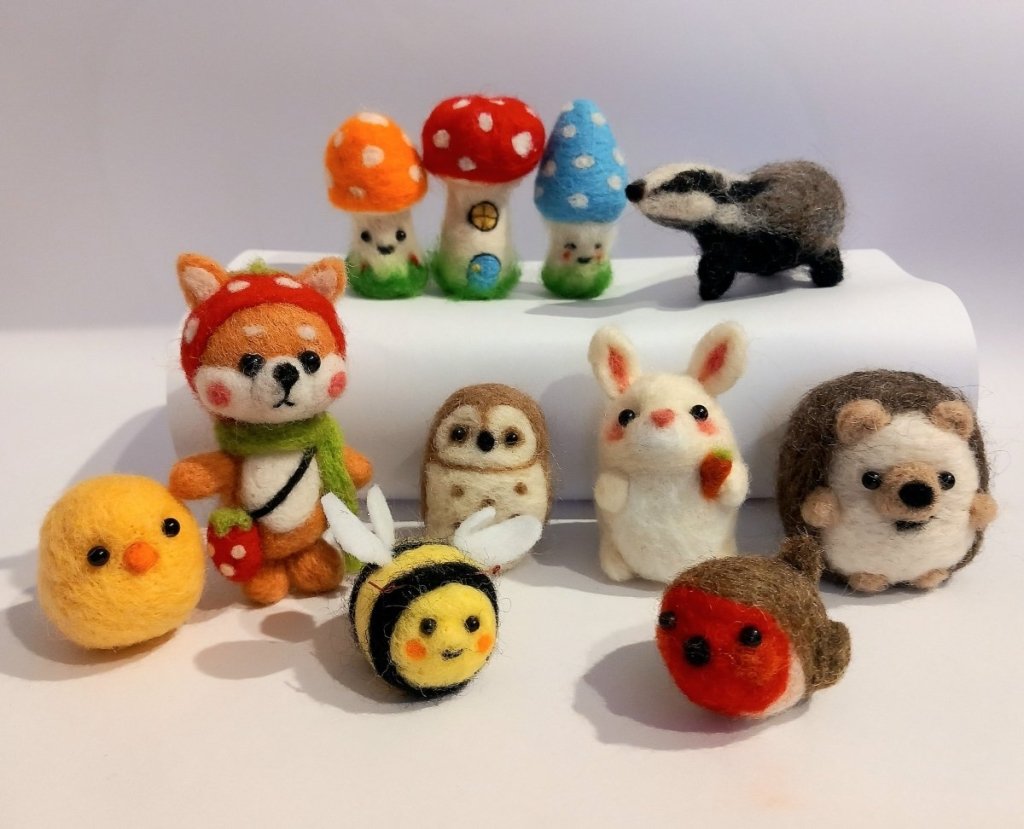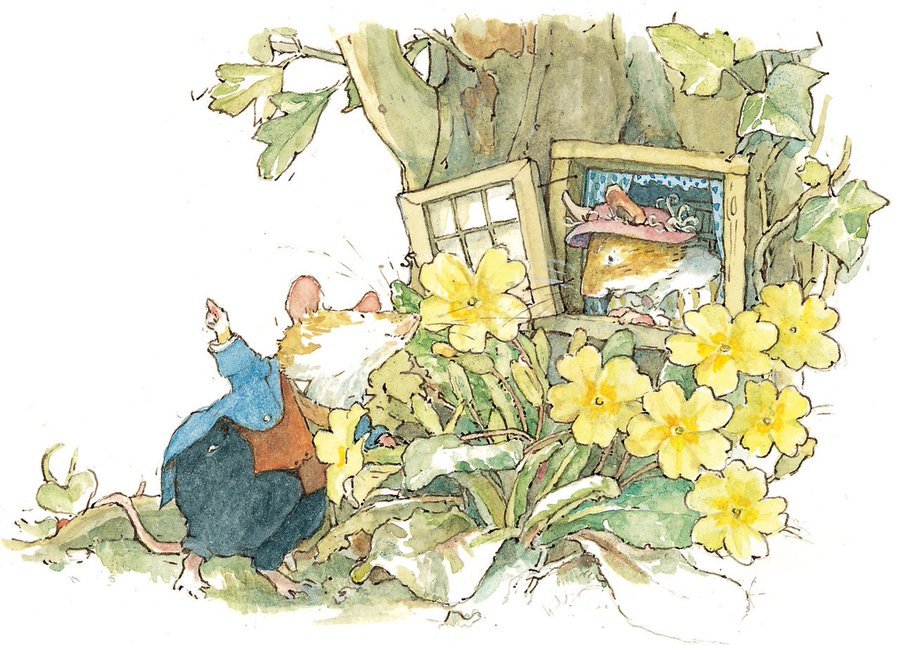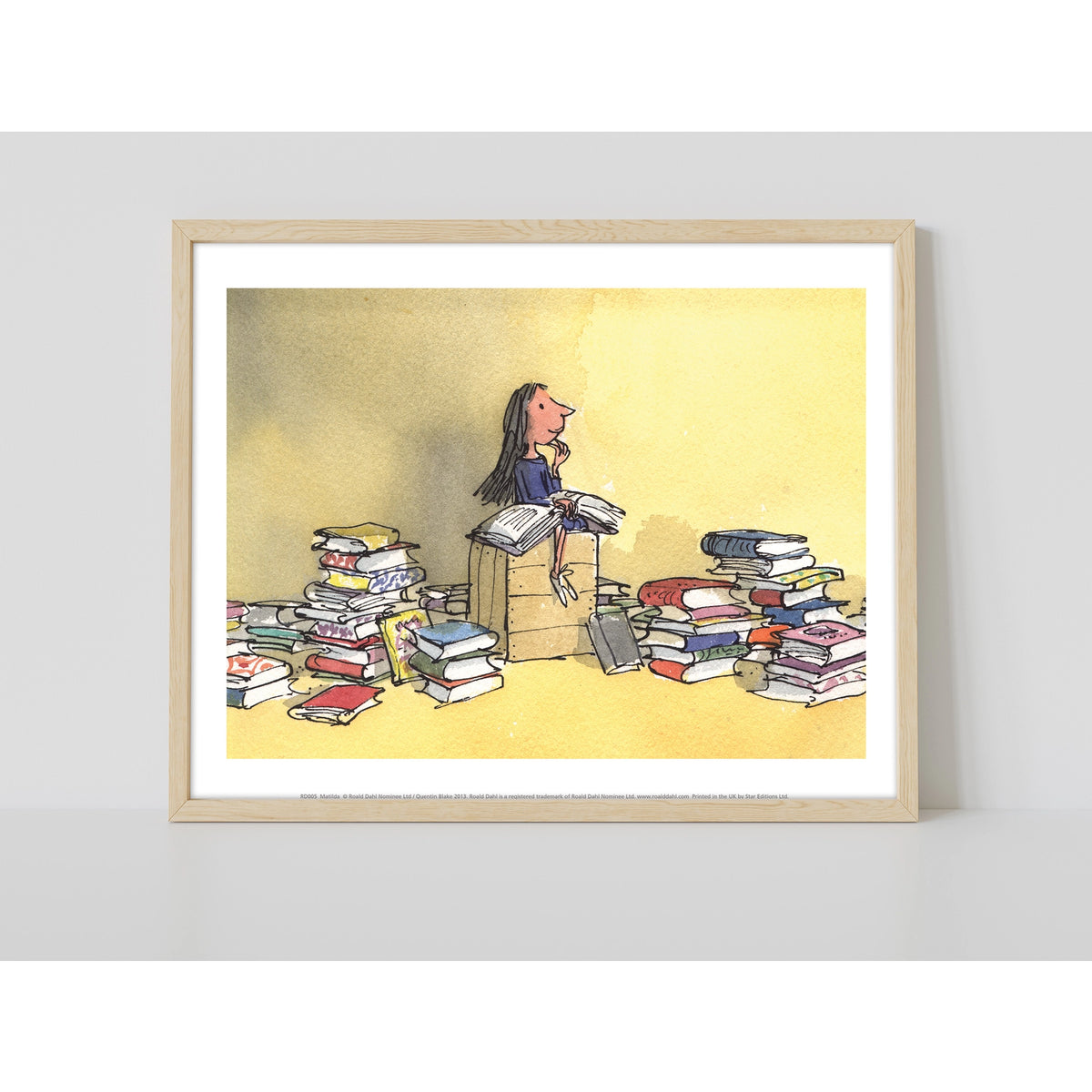Suburban Surrealism: The World of Shaun Tan

Our Illustrator of the Month blog series is a chance to find out more about your favourite illustrators, or to discover new ones. So far, we’ve written on classic authors like Elsa Beskow, cult illustrators like Tomi Ungerer and Tove Jansson, and modern picture book makers like Jon Klassen.
This month we’ve chosen a living and working artist, the brilliant Shaun Tan. Shaun Tan is known for his surreal and socially conscious work, which manages to blend outlandish imagination with real-life relatability. His work as an illustrator is unique and recognisable, he combines vivid, sweeping backgrounds with his distinctive character shapes. His work is challenging and difficult to categorise, often addressing things not broached in standard picture-books. So much so that bookshops in his native Australia and beyond have begun carving out sections for picture books for adults. Though dark at times, his writing is ultimately optimistic, and his drawings show the limitless scope of his imagination.
Double spread from Tales from Outer Suburbia
Tales from Outer Suburbia
Shaun Tan grew up in the suburbs of Perth in Western Australia. He became known at school for being good at drawing, and while still a teenager he began publishing illustrations for sci-fi and horror stories in small-press magazines. It’s easy to imagine the young artist creating imaginative worlds to escape from the blankness of a suburban upbringing. Tales from Outer Suburbia, one of Tan’s books as both writer and illustrator, is a collection of stories of surreal goings on in an otherwise normal suburb. In Eric, (which was also released as a stand-alone book due to its popularity), the narrator tells us about a foreign exchange student coming to stay with his family. The exchange student’s hard-to-pronounce name is shortened, and the spare bedroom is all made up and ready for him. But the text’s first hint that something is amiss comes when Eric tells the family he would prefer to sleep in the pantry. Eric is endearingly tiny,(illustrations show him carrying a hollowed out peanut shell as luggage), and polite, so his strangeness is basically accepted by the family. “It must be a cultural thing”, is the mother's explanation.
Many of Shaun Tan's books feature characters who feel out of place in the culture and context they find themselves in. The Arrival, his most famous work, tells the familiar story of a migrant seeking new opportunity abroad, but tells it in a completely new way. The man in this book lands in a bewildering city of strange animals, floating objects and an indecipherable language, and his journey is shown entirely through pictures.
From The Arrival. A full blog post on The Arrival is coming soon!
In an article for Viewpoint Magazine about creating The Arrival, Shaun Tan wrote that he has,
"a recurring interest in notions of ‘belonging’...One contributing experience may have been that of growing up in Perth, one of the most isolated cities in the world, sandwiched between a vast desert and a vaster ocean... Being half-Chinese at a time and place when this was fairly unusual may have compounded this..."
He gathered anecdotes of immigrant experiences; including those of his father, friends and partner, and found the common threads in their stories to help create The Arrival. This has meant that even though its setting is outlandishly inventive, this story is a very familiar one for most people.
The ''Real" in Surreal
In Rules of Summer Shaun Tan again allows us to recognise ourselves in settings that lie beyond the realms of our wildest imaginations. In a book made up of large format illustrations and double spreads, we get a sense of Australia’s open expanses of sky and roads, and its shimmering heat.

But these recognisable elements are woven into bizarre worlds, to which the sparse text offers no explanation. “This is what I learned last summer” the narrator tells us. The lessons listed and seem simple enough, “never leave the back door open overnight, “never eat the last olive at a party”. But the images show us the consequences of these actions: if you leave the door open a spontaneous growth of lizards and glowing fungi will take over your living room. If you eat the last olive at a party an army of humanoid hawks will devour you. Shaun Tan’s world is what you get when you mess up the dials on the TV. Colour and contrast are suddenly heightened and skewed, but we can still see the reality that remains underneath. The growths in your living room might be poisonous spiders from your Australian back garden. The hawks might be a room full of your parents’ friends who think you’ve got bad manners. Tan has said that he created this particular illustration while attending various social functions related to his Oscar win in 2011, (for an animated adaptation of The Lost Thing), which might explain why the hawks are wearing tuxedos!
Millions and Millions of Rabbits
The allegories in Shaun Tan’s work aren’t limited to harmless suburban happenings though. In 1999, the Children’s Book Council of Australia awarded him and writer John Marsden a Picture Book of the Year award for The Rabbits. In reference to colonialism and the destruction of the Aboriginal way of life in Australia, rabbits invade a country in their millions, build a rabbit society, and wipe out what was there before. The choice of rabbits as the invading animal in this book adds another frame of reference, as rabbits caused havoc in Australia’s unique ecosystem when artificially introduced into the country by humans. The Rabbits is an allegory for all times, and all cultures, about human ignorance and greed.
From The Rabbits
It would be easy to classify Shaun Tan as a writer for adults alone, based on the challenging content of some of his books. Responding to criticism levelled at The Rabbits in the Australian media, Tan writes on his website that the book was originally conceived for older readers. But to limit his books to an adult readership would be to do children a disservice. Children can handle more than they’re given credit for, and at the core of a lot of Shaun Tan’s work is a childlike innocence and ultimately optimistic outlook on the world. His books often feature creatures that the average adult wouldn’t find sympathetic, but that children will be drawn to. And in a scenario that many parents will recognise, the oddest creatures are adopted as pets! In The Lost Thing, the narrator tells us about a time he found a Lost Thing and tried to find a place for it. No reference is made in the text to what this “thing” looks like. Shaun Tan gives himself full rein to design a completely unrecognisable creature, which ends up as massive red metal thing with octopus legs and metal spikes on top… and somehow still manages to be sort of cute!
Because this is a picture book, and not a novel, there is no long passages of text explaining where the Thing came from or why it exists. It is just there, and when we read the book we become its friend, and that’s that. This essential lack of judgement is what makes Shaun Tan so appealing to children, and adults who want to stay in touch with that glimmer of innocence inside themselves. There is also plenty here for children who love to read the same books over and over again, playfulness abounds in the small details of Tan's illustrations. A newspaper page shows us where the Thing might have a place after all; The Federal Department of Odds & Ends, whose Latin motto is sweepus underum carpetae. (If Harry Potter has taught us anything, it’s that children love a bit of nonsensical bureaucracy in their books). Other articles on the page, that adults might gloss over but sponge-like children will not, include a product recall for a potentially lethal fault in “model 350A Deluxe ‘Suck & Slice’ automated beet cutters”.
Back to Basics
The majority of Shaun Tan’s work comes from a completely new and invented place, but like all great writers he is also interested in where stories come from, and what came before him. He explores this in The Singing Bones, a collection of sculptures he created based on the Brothers Grimm fairytales. In the introduction to the book the writer Neil Gaiman says that Tan’s sculptures do “something profound. His sculptures suggest. They do not describe. They imply; they do not delineate. They are, in themselves, stories.” Gaiman’s evaluation could be applied to any of Shaun Tan’s work; all of his illustrations leave themselves open to interrogation. But Tan may have found his perfect form in sculpture. The rounded shapes of his character design and pointed shapes of his buildings find a perfect balance here, and each sculpture hums with movement and energy even though they are still and quiet.
In his 2D illustrations, Tan often uses collage and mixed media, and his sculptures are no different. In his Hansel and Gretel sculpture ,(which was the first one he made), the children kneel to gobble up real cake decorations from the house behind them, while a witch leers from the shadows. Such a simple idea immediately tells us what story this is, and distills it to its essence.
You get the sense, when reading a Shaun Tan book, that he enjoys his work immensely. That he feels lucky to be able to create such weird stories and drawings and not only have them published, but have them loved and appreciated by masses of people. The feeling is infectious. Seeing an artist give their imagination full rein makes us wonder what else there is to be discovered in the world, if we open ourselves up to all of life’s infinite possibilities.
Find all of the books mentioned, and more Shaun Tan books, here.













you a good artist dude
Wonderful post. Shaun Tan is amazing and his work is so inspiring, always see something different when rereading his work.